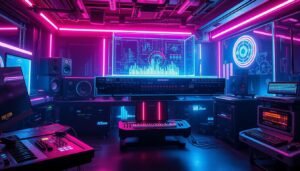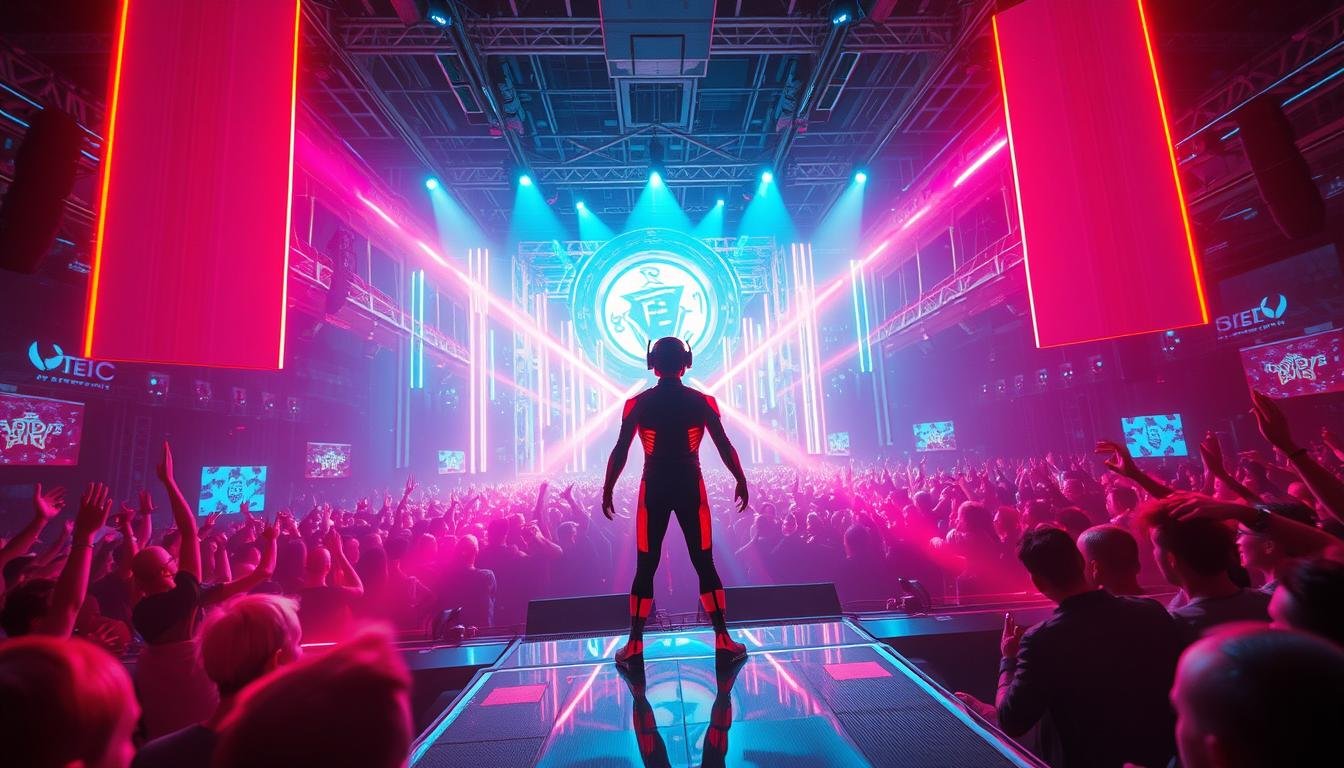More from Fei Neon 飛霓音


03:391

1

4


03:511

03:041

03:581


03:451

03:152

03:09
Similar


03:46

03:33

03:58

03:26

04:12

03:04

03:33

03:39


03:12

03:32






Comment